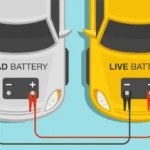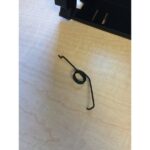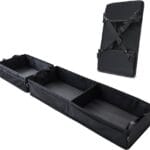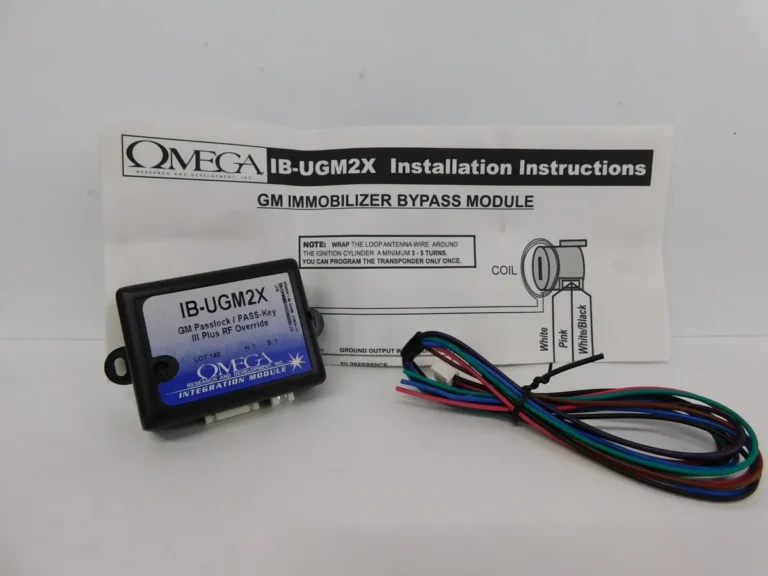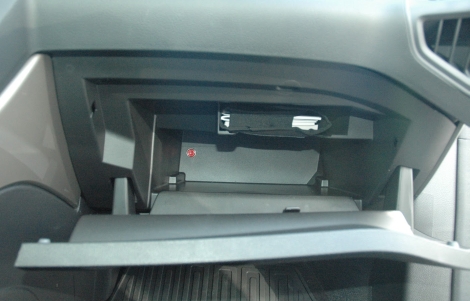How to Bypass O2 Sensor on Ford F150: A Foolproof Guide
To bypass the O2 sensor on a Ford F150, you can install a fixed-value resistor in place of the sensor. This will force the computer to stay in an open loop, preventing any issues that may arise from a faulty sensor.
It’s important to note that bypassing the O2 sensor can affect fuel efficiency, and emissions, and potentially damage the catalytic converter. Therefore, it is recommended to consult a professional or consider replacing the sensor rather than bypassing it.
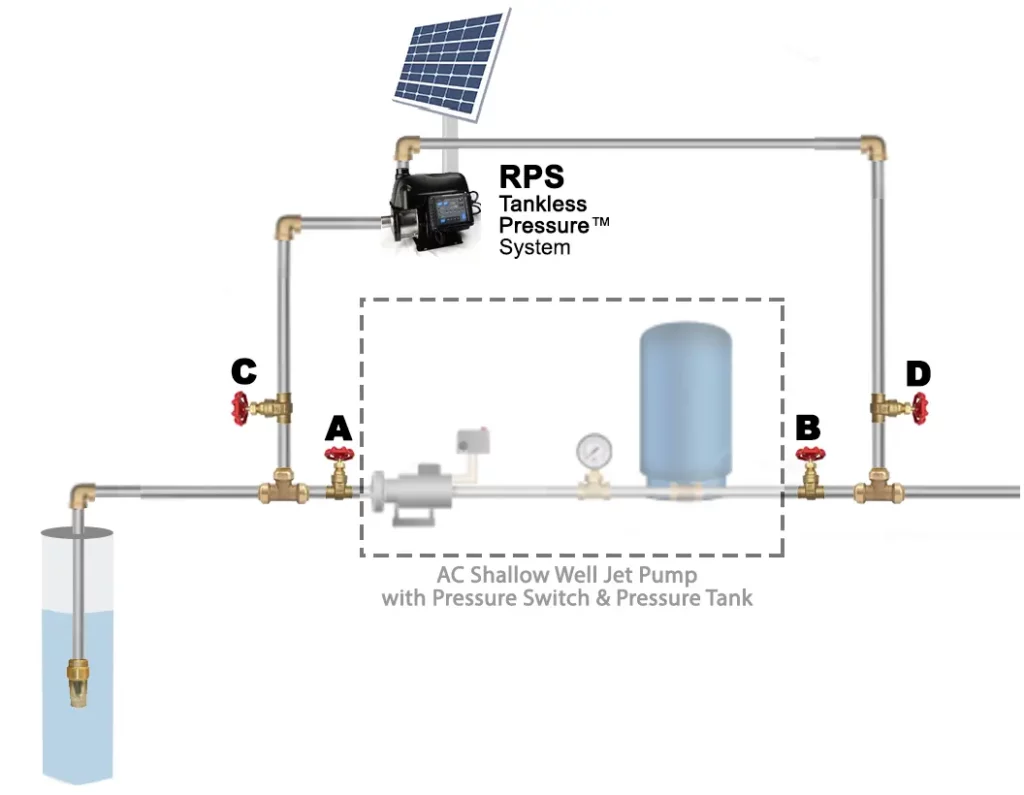
Methods To Bypass O2 Sensor On Ford F150
Suppose you’re wondering how to bypass the O2 sensor on a Ford F150. In that case, it’s important to note that doing so can lead to poor fuel efficiency, increased pollution, and damage to expensive components like the catalytic converter. It’s not recommended to bypass the O2 sensor.
If you own a Ford F150 and are experiencing issues with your oxygen sensor, you may be wondering how to bypass it. The oxygen sensor plays a critical role in monitoring the levels of oxygen in the exhaust gases. However, sometimes it may malfunction or cause other problems in the engine’s performance. In this article, we will explore two methods that you can use to bypass the O2 sensor on your Ford F150: using an oxygen sensor eliminator and installing a fixed value resistor.
Using Anfixed-values or Eliminator
One way to bypass the O2 sensor on your Ford F150 is by using an oxygen sensor eliminator. This device is specifically designed to disable the oxygen sensor without triggering a check engine light or causing any other engine issues. The oxygen sensor eliminator works by sending a false signal to the PCM (Powertrain Control Module), making it think that everything is functioning correctly. This effectively bypasses the sensor and allows your engine to operate as normal.
To use an oxygen sensor eliminator on your Ford F150, follow these steps:
- Locate the oxygen sensor in your Ford F150. It is usually located near the exhaust manifold.
- Disconnect the electrical connector from the oxygen sensor.
- Connect the oxygen sensor eliminator to the oxygen sensor connector.
- Secure the oxygen sensor eliminator in place.
- Start your Ford F150 and test if the oxygen sensor bypass was successful.
Installing A Fixed Value Resistor
Another method to bypass the O2 sensor on your Ford F150 is by installing a fixed-value resistor. This method involves replacing the oxygen sensor with a resistor of the same value, which tricks the PCM into thinking that the sensor is functioning properly. By doing so, you can bypass the O2 sensor and allow your engine to run without any issues.
To install a fixed value resistor in place of the oxygen sensor on your Ford F150, you can follow these steps:
- Identify the oxygen sensor that needs to be replaced.
- Remove the oxygen sensor from your Ford F150 using the appropriate tools.
- Obtain a fixed-value resistor of the fixed-value the sensor.
- Connect the fixed-value resistor to the sensor’s electrical connector.
- Secure the resistor and the connector in place.
- Start your Ford F150 and test if the O2 sensor bypass was successful.
By utilizing an oxygen sensor eliminator or installing a fixed-value resistor, you can fixed-value bypass the O2 sensor on your Ford F150. However, it’s important to note that these methods may not be legal in certain regions and could potentially affect your vehicle’s emissions. Before proceeding, it’s always advisable to consult with a professional mechanic and check local regulations to ensure compliance.
Steps To Bypass O2 Sensor On Ford F150
To bypass the O2 sensor on a Ford F150, start by getting a new sensor from your local auto parts store. Disconnect the wire from the broken top of the sensor and remove it. Install the new sensor and tighten it properly.
This will help prevent issues such as running rich or lean, which can damage engine components.
Obtaining The Necessary Parts
Before starting the process to bypass the O2 sensor on your Ford F150, you will need to obtain the necessary parts. Visit your local auto parts store to purchase the new O2 sensor. It is advisable to buy it from a store rather than the dealer, as it will be more cost-effective. The new sensor is essential for the bypass process.
Disconnecting The Wire From The Broken Sensor
The next step is to disconnect the wire from the broken top of the O2 sensor. This can be done by carefully locating the sensor, which is usually located near the exhaust manifold. Once you have found the sensor, make sure the engine is turned off, and the car is parked in a safe and secure location before proceeding.
To disconnect the wire, use a wrench or socket set to loosen and remove the connector from the sensor. Be cautious while doing this to avoid any damage to the wire or the sensor itself. Take your time and ensure that the wire is completely disconnected from the broken sensor before moving on to the next step.
Installing The Bypass Method
Now that you have successfully disconnected the wire from the broken sensor, it’s time to install the bypass method. This can be done by following a few simple steps. To start, take the new O2 sensor you purchased and carefully attach it to the designated area near the exhaust manifold.
Make sure the sensor is securely tightened using the appropriate tool, such as a wrench or socket set. It is crucial to ensure that the sensor is properly installed to prevent any leaks or further damage. Double-check your work to make sure the bypass method is correctly and securely in place.
By following these steps, you can bypass the O2 sensor on your Ford F150. Remember to take the necessary precautions, work in a well-ventilated area, and avoid any unnecessary risks. If you are unsure about any step or encounter any difficulties, it is advisable to consult a professional or seek assistance from an experienced mechanic.

Frequently Asked Questions For How To Bypass O2 Sensor On Ford F150
Will An F150 Run Without O2 Sensor?
Yes, an F150 can run n without an O2 sensor. However, it is not recommended as it can cause the engine to run rich or lean, leading to fuel wastage, pollution, and potential damage to the catalytic converter, valves, and pistons.
The PCM won’t know how much fuel to inject into the engine without the sensor.
Is There A Way To Bypass O2 Sensors?
No, there is not a recommended way to bypass O2 sensors. Without them, the engine may run inefficiently, wasting fuel and polluting the environment. It can also damage the catalytic converter, cause the engine to overheat, and harm valves and pistons.
It’s best to have O2 sensors properly functioning in your vehicle.
Will My Engine Run Without An O2 Sensor?
Yes, your engine can run without an O2 sensor, but it is not recommended. Without it, the engine may run rich or lean, which can lead to fuel waste, pollution, and potential damage to the catalytic converter, valves, and pistons.
It’s best to replace a faulty O2 sensor for optimal engine performance.
Can You Drive With A Disconnected O2 Sensor?
Yes, you can drive with a disconnected O2 sensor. However, it is not recommended as it can lead to a rich or lean mixture, which can waste fuel, pollute, and damage the catalytic converter, valves, and pistons. The engine won’t know how much fuel to inject without the sensor.
Conclusion
To bypass the O2 sensor on your Ford F150, it is important to understand the potential consequences. Without the sensor, your engine may run rich, leading to fuel wastage, pollution, and potential damage to the catalytic converter. Conversely, running lean can cause overheating and damage to valves and pistons.
However, it is possible to drive without the oxygen sensor, as your vehicle’s engine can operate without it. Just be aware that without the sensor, your PCM won’t be able to accurately determine the amount of fuel to inject. Ensure you understand the risks before proceeding with the bypass.


